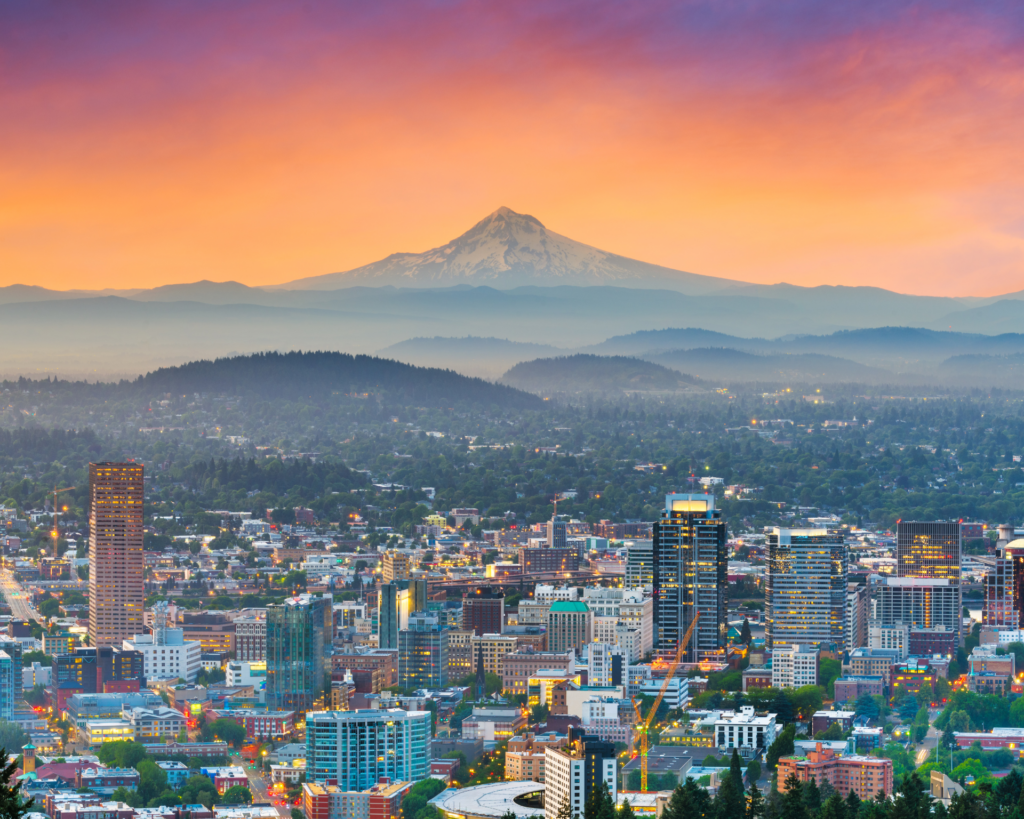Is There a Risk to Naloxone?
Naloxone is a life-saving intervention used to reverse drug overdose, but critics argue that it increases crime and promotes drug use. Ostrach and colleagues disagree, arguing that withholding it is immoral.

Read Time: 3 minutes
Published:
Though the surgeon general recommends more people carry naloxone to enable opioid overdose reversals, economists in a recent study argue that greater access increases crime and incentivizes drug use. They allege naloxone allows people who survive an overdose after receiving naloxone to go on to commit more “opioid-related” crimes. They claim the cost of reversing overdoses is burdensome, arguing some people may need to be reversed again. They correlate changing naloxone laws with increasing rates of opioid use and suggest naloxone increases such use by “providing a safety net.” They argue that naloxone presents a moral hazard, an insurance policy guarding opioid users from the consequences of their actions. Yet no credible evidence exists that providing naloxone increases compensatory substance use, and economic arguments do not tell human stories.
While on call this past year in Central Appalachia, an area heavily affected by opioid use and overdose, we heard from a pregnant patient with opioid addiction. She had overdosed the night before. Thankfully, she was with people who had naloxone—they used two kits to get her breathing again. She went on to enter substance use treatment and deliver a healthy baby. Without naloxone, she would have died; she would not have gone on to parent a wanted child. For anyone with an un-medicated chronic illness, a relapse or worsening of symptoms is common. Unlike other diseases, in addiction, relapse can be deadly. What compelling economic argument is there that people deserve to die from relapse How many reversals do these economists consider too many?
Four North Carolinians die every day from overdose—because of poverty, pain, and lack of access to treatment and health care overall.
Working in a harm reduction program in Western North Carolina, we distribute naloxone to people who use drugs. In the last year we noticed a dramatic increase in the number of naloxone kits requested, and reversals reported—188 fatal overdoses were prevented through peer reversals, in the first half of 2018 in one county, alone. We know that people who use drugs and access harm reduction services are five times more likely to enter treatment than people who don’t. Part of the reason is that harm reduction—which includes the provision of naloxone—offers a judgment-free space for stigmatized opioid users to get what they need, and to be heard. Unfortunately, the high demand for substance use treatment is not currently met in North Carolina or throughout the South, where opioid use disorders rates are higher and access to treatment is lower than elsewhere in the country. Four North Carolinians die every day from overdose— because of poverty, pain, and lack of access to treatment and health care overall. Naloxone is a life-saving solution to a structural overdose problem.
We do not consider the likelihood of a future property crime before offering naloxone, safe injecting equipment, or treatment. We do think about people overdosing and dying. Substance users deserve to live. We have at our disposal an overdose reversal medication that enables survival. It is immoral not to provide and use it.
Feature image: VCU CNS, Narcan_Product_Image_2, used under CC BY-NC 2.0





